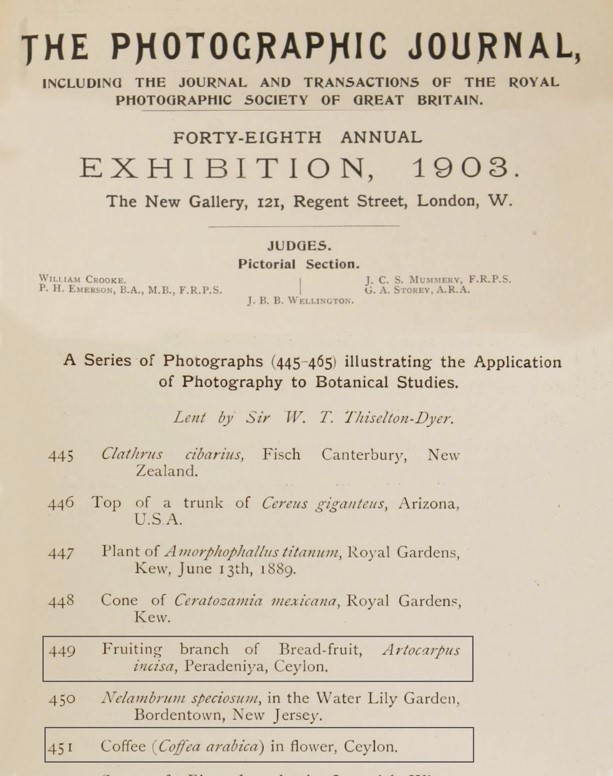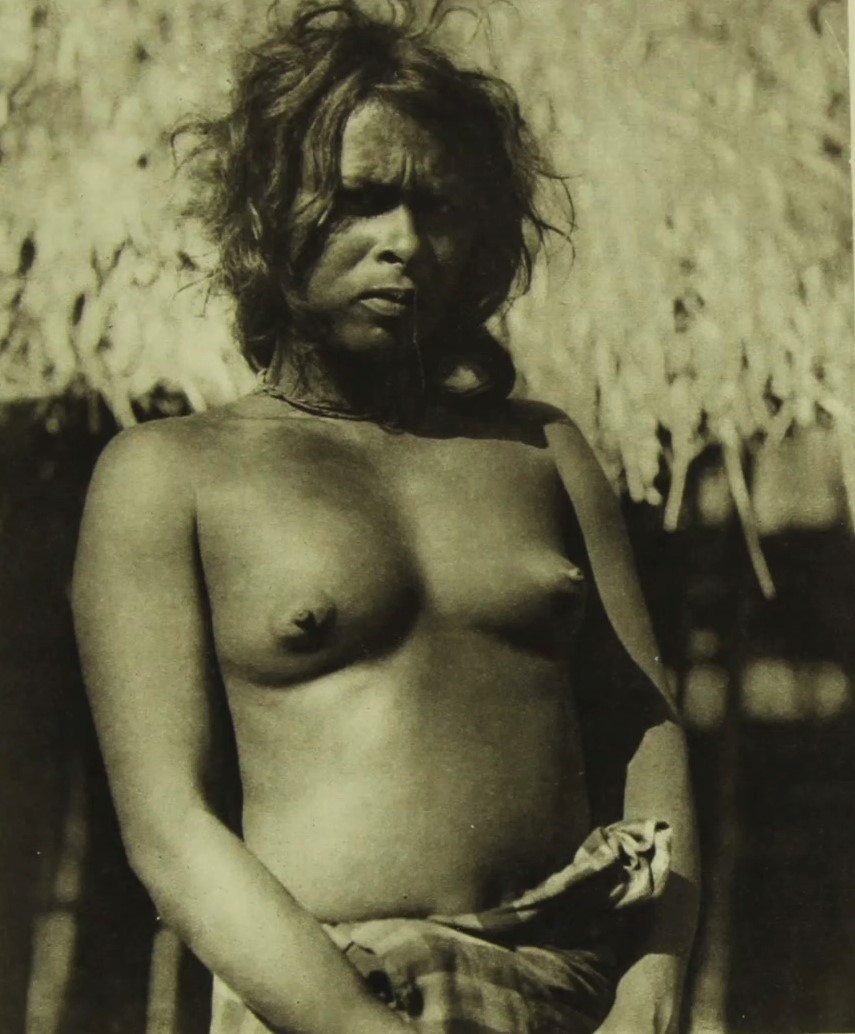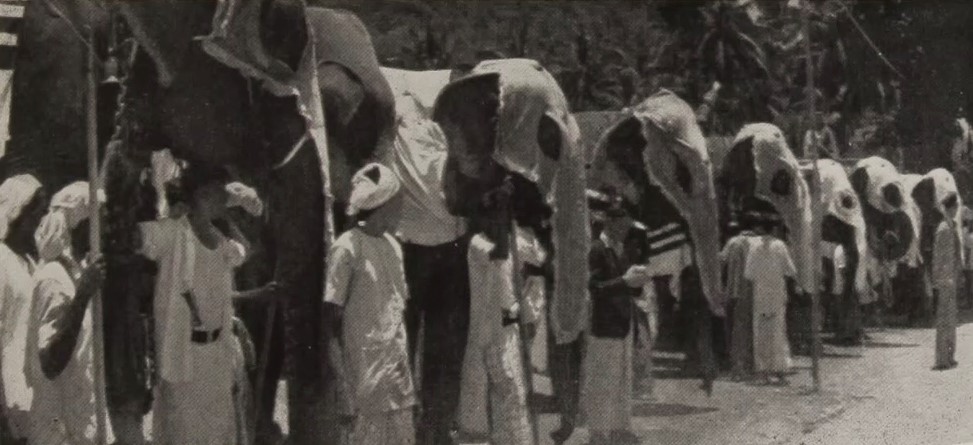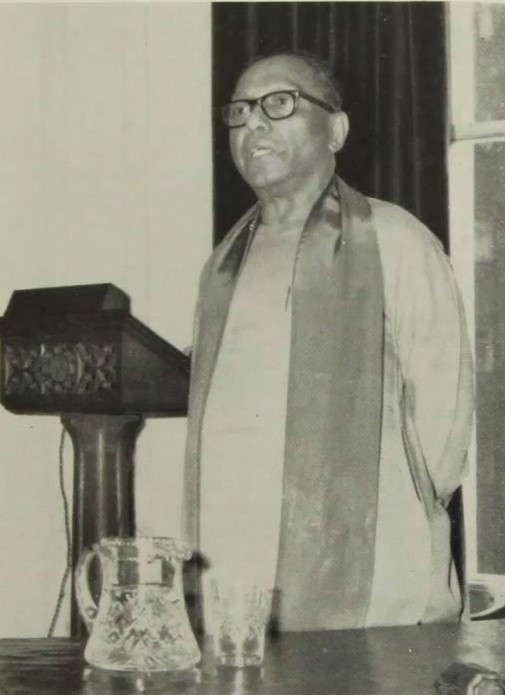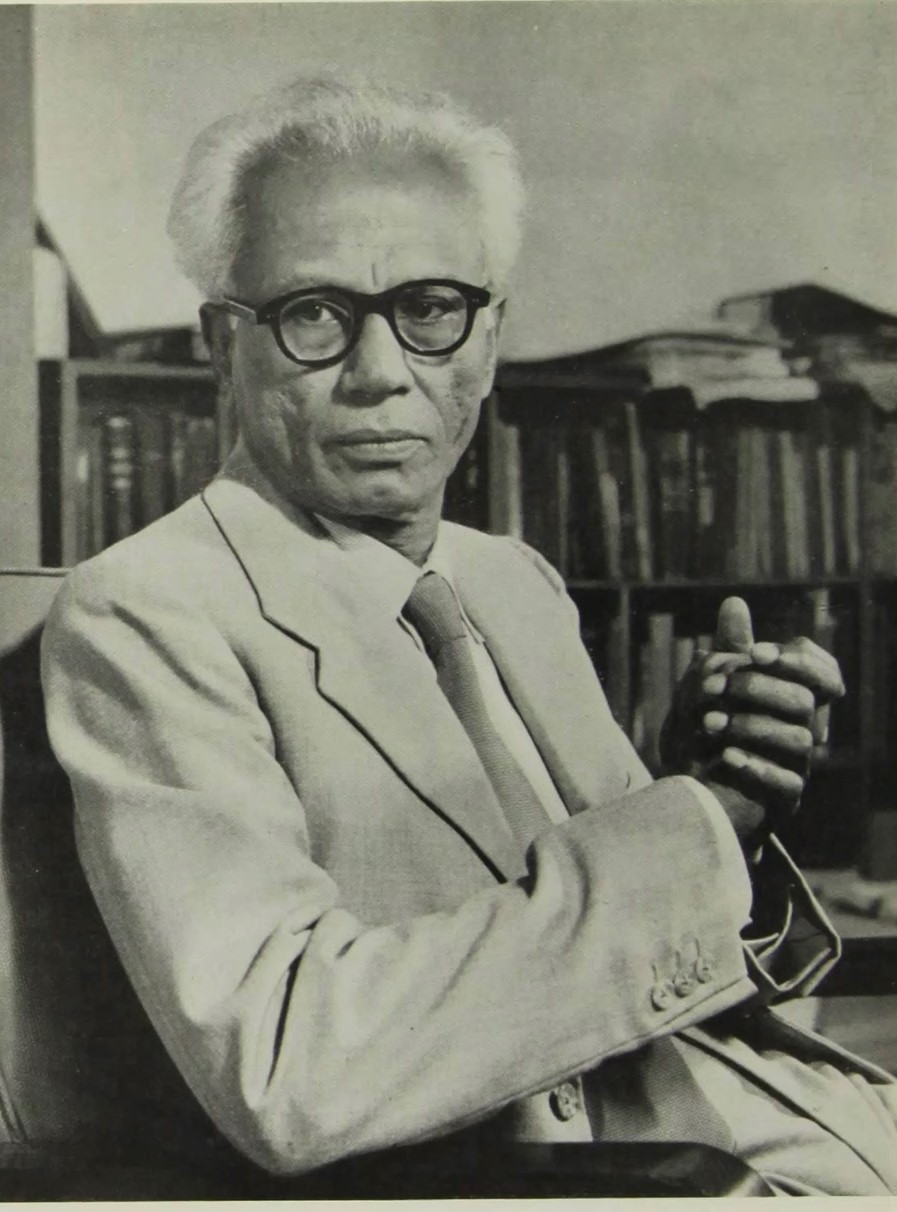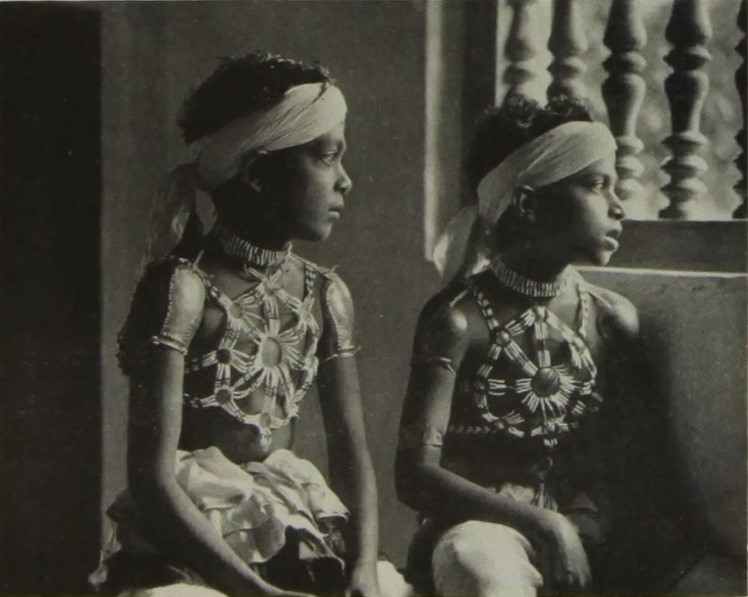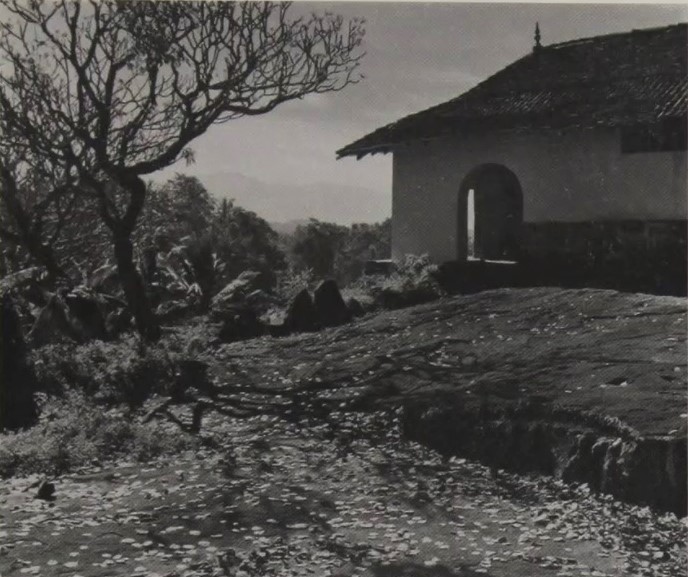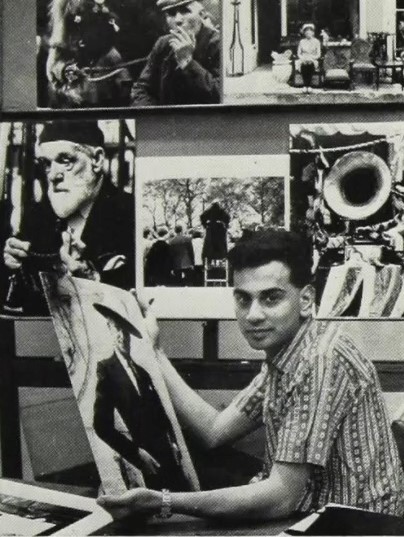
The History
Sri Lanka Chapter
Historical links of RPS in Sri Lanka
| There has been a long association between Sri Lanka (then called Ceylon) and England in the field of photography, with many photographers visiting the Island even during the 1800’s. Other than Joseph Lawton, a British commercial photographer who was active in Sri Lanka (then Ceylon) between 1866 and 1872 photographing archeological sites of ancient capitols such as of Anuradhapura, Mihintale, Polonnaruwa and Sigiriya, the most noteworthy British photographer to visit the Island would be Julia Margaret Cameron who moved to Ceylon with her husband Charles in October, 1875. Her stay did not last long as she fell ill in January, 1879. At this time she was living with her son in Dickoya valley, and fittingly looking out of her window at the beautiful scenery as she lay on her sick bed, her last word was, “beautiful”. Charles, her husband would survive her by a year and both of them are buried at St Mary’s Church, Bogawanthalawa, which is in the hilly tea country of Sri Lanka. Unfortunately, only about 30 of her photographs taken in Ceylon exists. | |
| Interestingly, Dr. Michael Pritchard whom I had the pleasure in meeting at Fenton House in 2015, where I presented him with the pictorial account of our resplendent Sri Lanka named ”Island from air”, writes in the RPS Journal of 2016 on Cameron’s lenses. He quotes from Cameron’s writing in 1874 where she says, “My first successes in my out-of-focus pictures were a fluke. That is to say, that when focusing and coming to something which, to my eyes, was very beautiful, I stopped there instead of screwing on the lens to the more definite focus all other photographers insist upon”. This was an interesting and a brave perspective for a novice female photographer, especially in that time. |
|
| Earliest mention of Ceylon in the RPS journal is in 1903 where Sir W T Thiselion-Dyer illustrates photographs of a Fruiting branch of a Breadfruit tree in Peradeniya and a Coffee plant in flower. Unfortunately these photographs cannot be traced. |
|
| J P C Durrant an avid photographer based in Ceylon had a picture taken by him titled “Female Aborigine” featured in the RPS Photographic Journal of September, 1934. He together with Mr. B G Thornley from the Photographic Society of Ceylon were awarded the Associateship of RPS in 1937. | |
|
Female Aborigine by J P C Durrant |
|
| Another noteworthy article in the Journal mentions about an evening lecture in London on November 9th, 1935 by Basil Wright on “Experiences as a cameraman in Ceylon”. He is remembered to this day for this documentary shot during his trip in 1934 titled “Song of Ceylon” which is voiced over by Lionel Wendt. Lionel and his father, Henry Lorenz Wendt were the pioneers of Sri Lankan photography having founded the Amateur Photographic Society of Ceylon (later called Photographic Society of Ceylon) in 1906. | |
| Basil Wright to his luck did find another Englishman living in the hills of Ceylon by the name of R C Scott, who had equipped himself with most modern and up-to- date developing equipment of that day. This helped him to develop all his Leica film rolls and to take the necessary prints. Incidentally Mr. Scott was also active member of the Photographic Society of Ceylon, which may have been the how Lionel Wendt connected with Basil Wright. Lionel Wendt was a keen photographer himself and used to regularly submit entries to the RPS annual exhibition under his name and mischievously under the name of T L Newel. | |
| The visit of the Queen and Duke of Edinburgh to Ceylon 1954 was featured in the Journal as well with a photograph of one hundred fifty elephants being decorated and paraded in her honour in Colombo. | |
|
|
|
| It’s interesting to note the not so complimentary critique done by Edwin Broomer in the Journal of October, 1950 on the book “Ceylon” by Lionel Wendt published posthumously in the same year. To quote his words, “the pleasurable anticipation of a feast of unusual and exotic photography – aroused by the cover of the book- turns in to disappointment as the two hundred and fifty odd pages are turned, without finding any picture anywhere near good”. | |
| On 6th February, 1964 the Ceylon exhibition was opened at the RPS’s house, by the then High Commissioner for Ceylon in England, Dr. G P Malalasekera and the RPS President Mr. V Gallafent. This event denoted an another noteworthy connection between the Society and Ceylon. Before opening the exhibition the High Commissioner was shown around the Society House, and thereafter in his speech mentioned the long association of RPS with Ceylon, a fact that one needs to be proud about. He was also happy to see the work of so many Ceylonese photographers displayed in the Society’s galleries. He also mentioned with much gratitude the fact that this exhibition has been organized around the independence day of February 4th. Another noteworthy fact was that there were many photographers from the membership of the Photographic Society of Ceylon exhibited at this show. |
His Excellency the High Commissioner for Ceylon Dr G P Malalasekera |
|
Martin Wickramasinghe by Joe Perera |
|
|
The Dancers by D C L Amrasinghe |
|
| In 1966 an Associate member of the Society, Francis Sandwith was invited by the Ceylon Tourist Board to photograph and publicize the Island. He used a Rolleiflex and a Super- Ikonta with a Weston meter for his work. He was in Ceylon for most of the year travelling by car visiting temples and remote villages, and sometimes walking on jungle tracks. He carried a large supply of Verichrome-Pan and HP3 filmed packed in coffee tins sealed with adhesive tape containing silica gel. He says, “In travel photography there are occasions when one does not take a photograph. At Thissamaharama in the south of Ceylon, I found a middle-aged American squatting amid cow pats in the courtyard of a famous Hindu temple. He was naked except for his spectacles and a loin cloth. Anxious not to interrupt his meditation, I tip-toed away. He had been converted to Hinduism and had travelled to this remote temple to be ordained”. | |
|
Monks Dometary at Gadaladeniya Temple by Francis Sandwith |
|
| He continues, “In Dodanduwa, I found another recluse, the venerable Ninimoli Bhikku, a tall, distinguished Englishmen, who had served as a Brigadier in the army intelligence in Rome during the last war. He had picked up a pamphlet on Buddhism in Rome and after the war had flown to Ceylon to be ordained”. | |
| A noteworthy event in the annals of history of RPS is the award of Associateship to Mr Harikantha Namasivayan of Ceylon in 1971, who became the first deaf and dumb member to achieve this feat at RPS. Son of a barrister, his father wanted him to be an architect but he decided to travel to New York and take a degree at the New York Institute of photography. Armed with a degree he started his career at the West End Colour Lab and wished to be a commercial photographer. He is a life member at the Society and is also a member of the Photographic Society of Sri Lanka. |
Harikantha Namasivayan as a young man in NewYork |
|
By Romesh de Silva |
|


